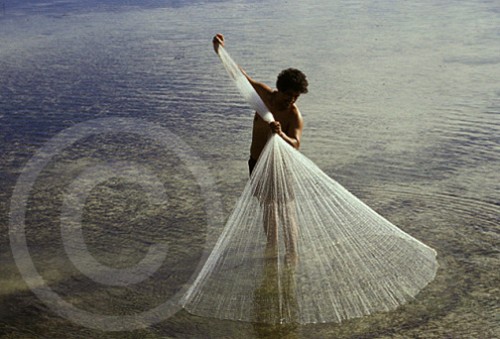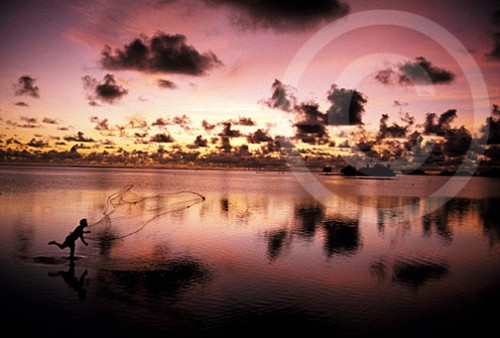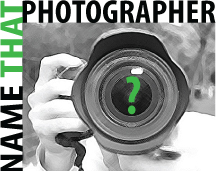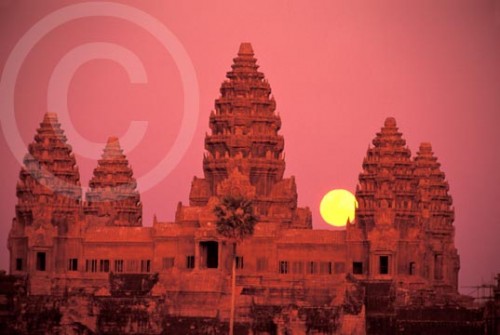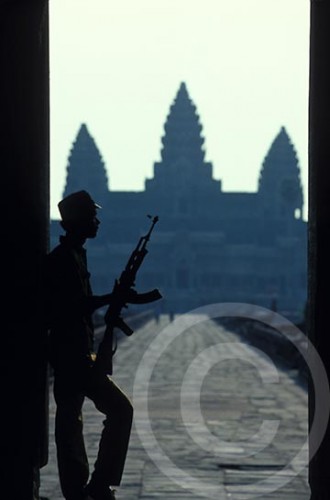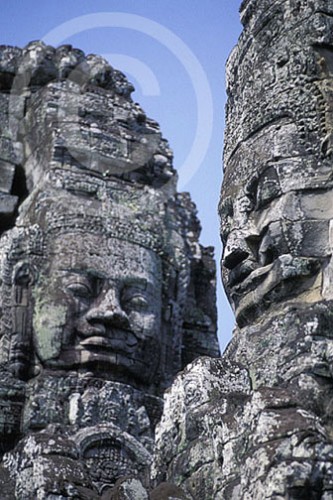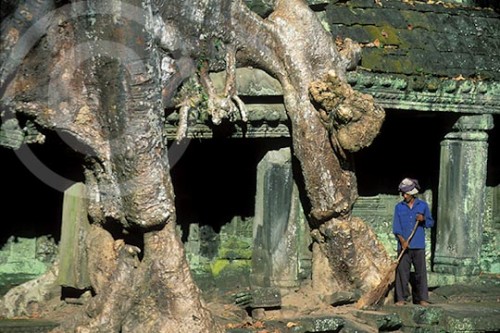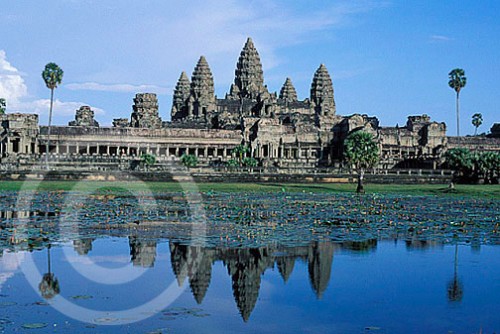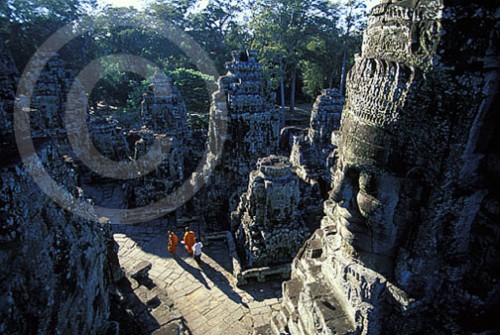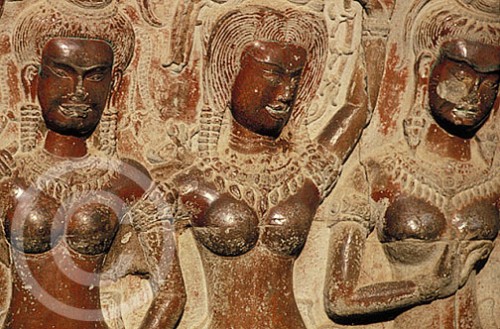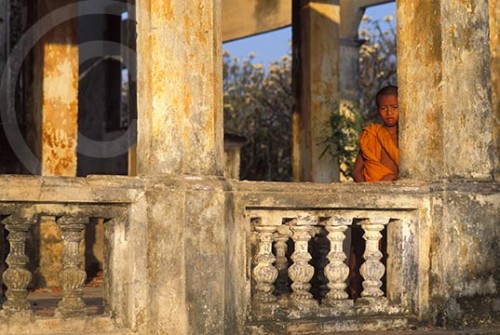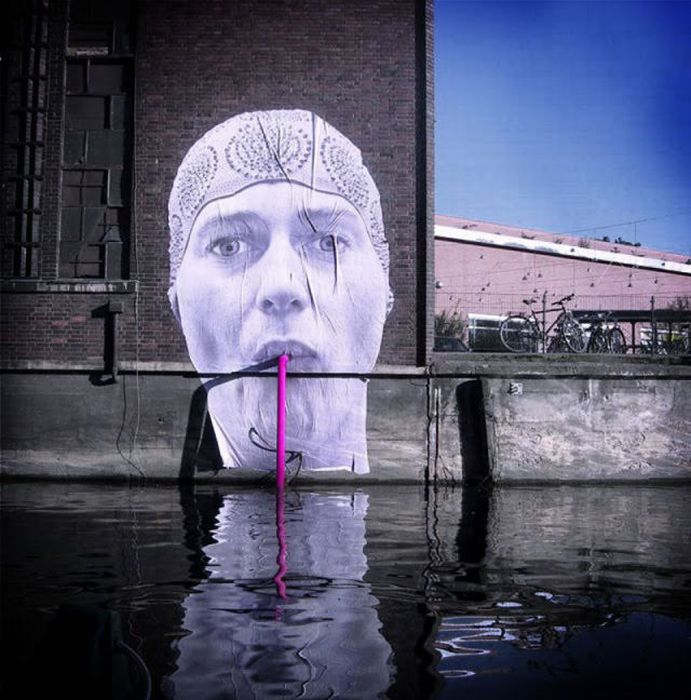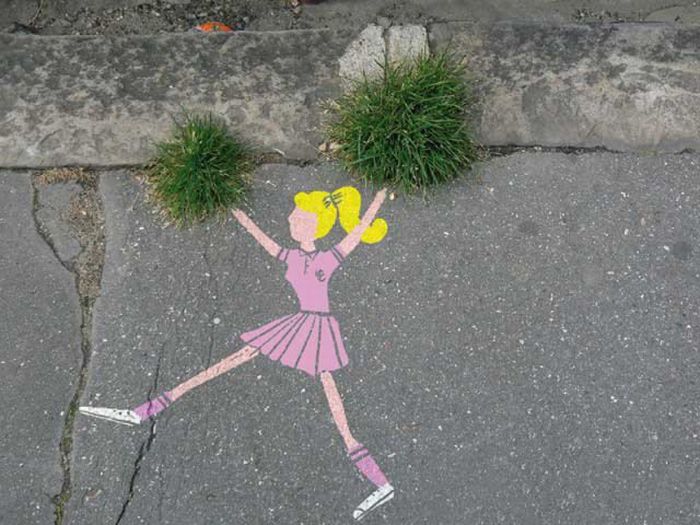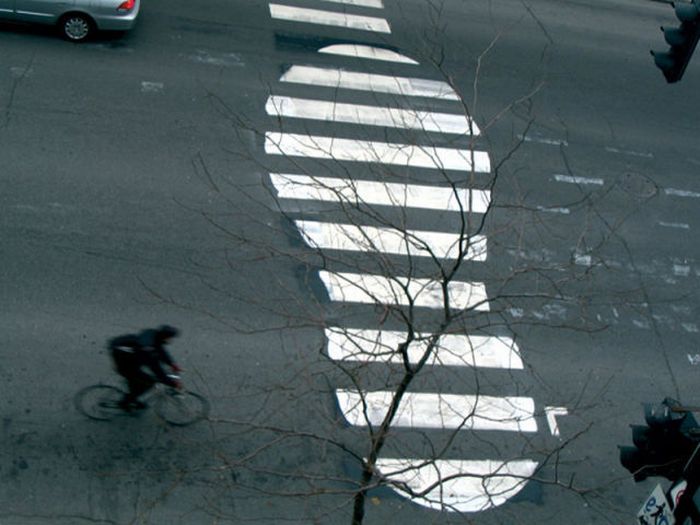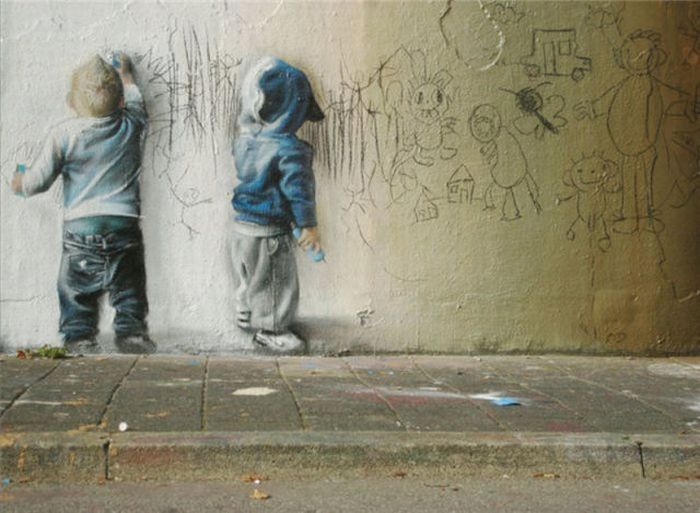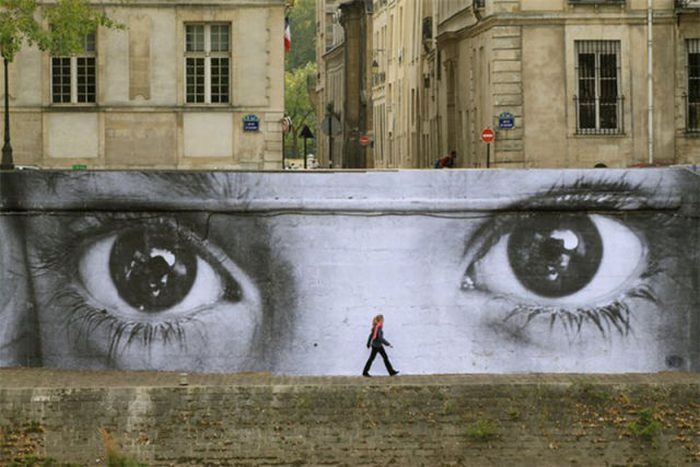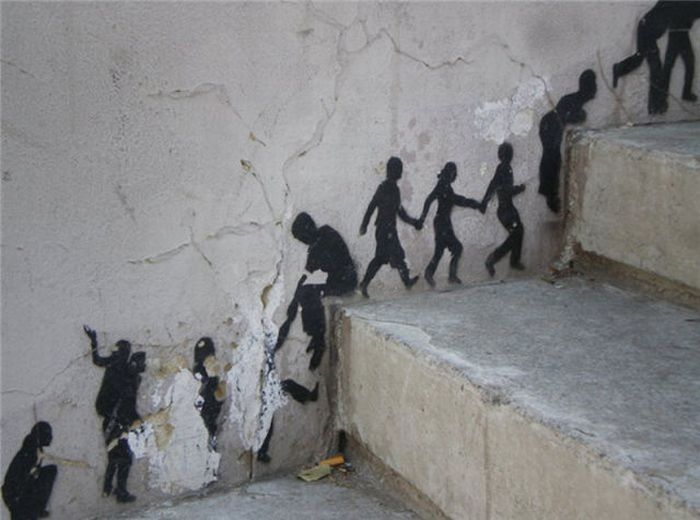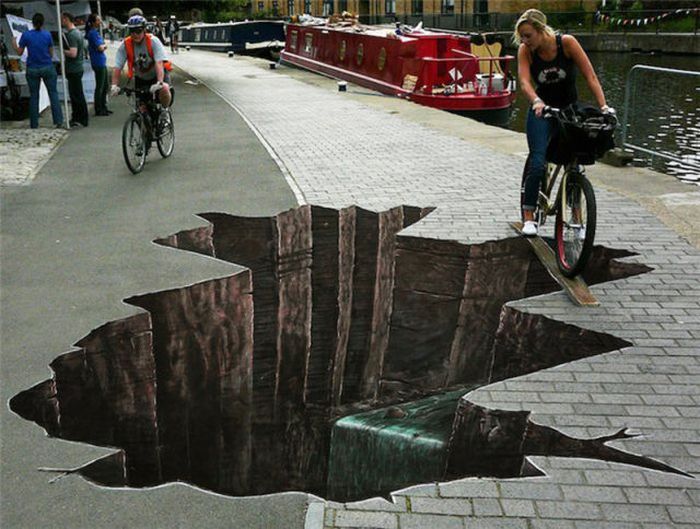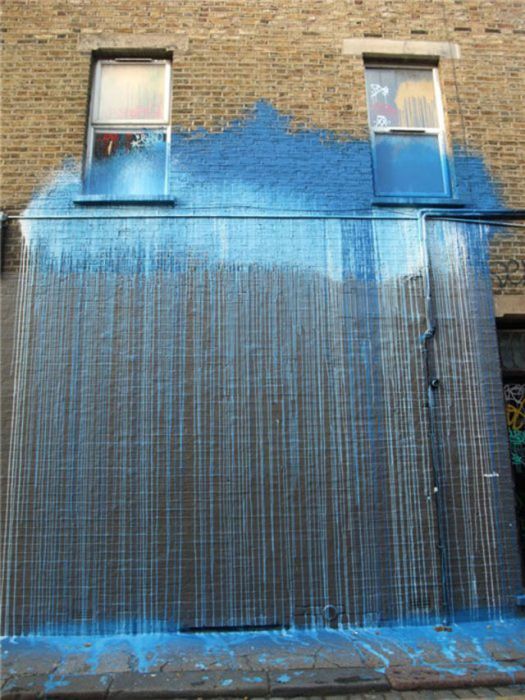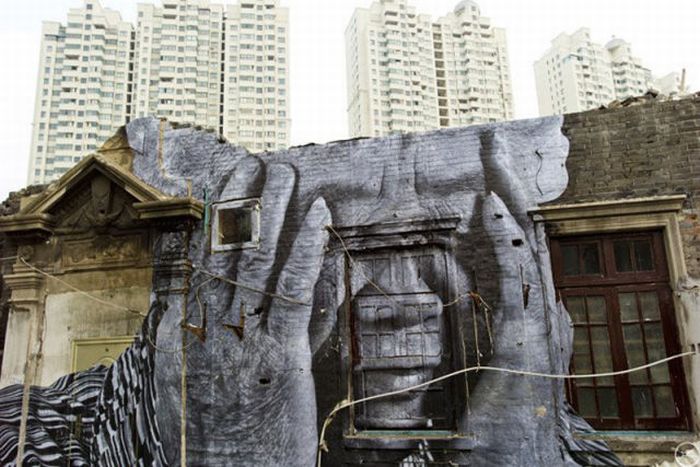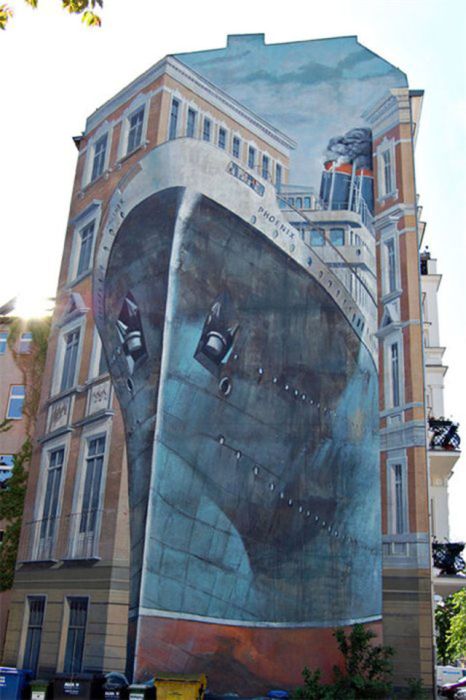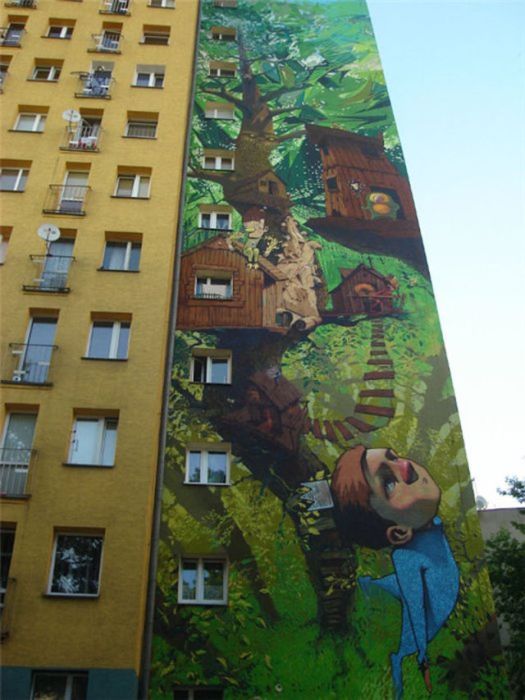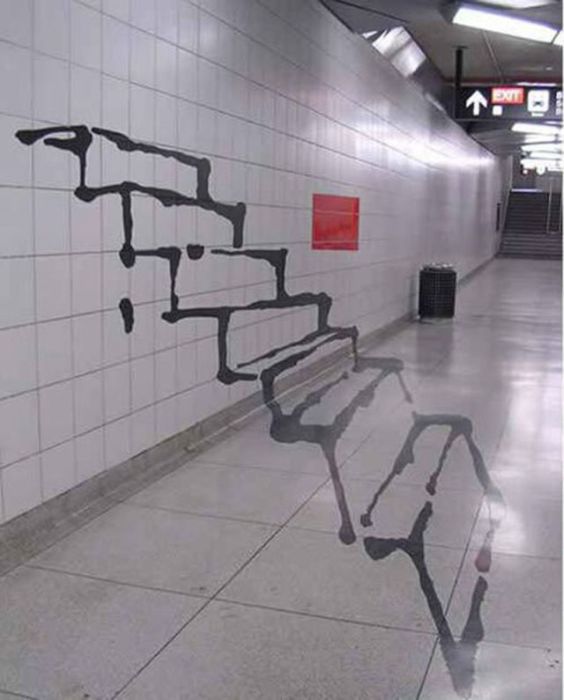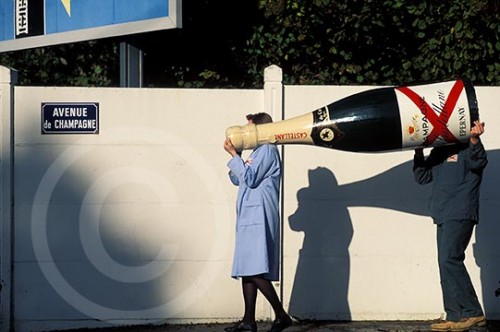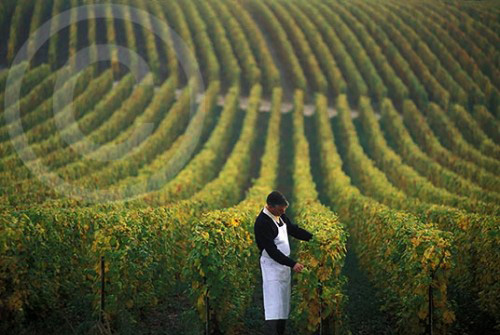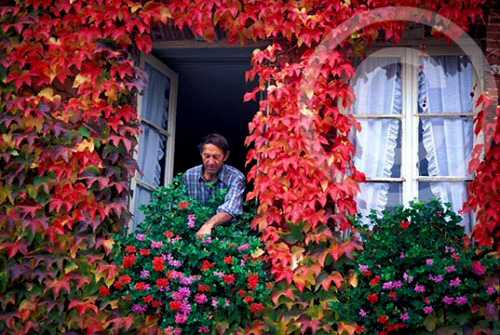A few weeks ago I was driving my daughter to school, and in between belting out Lady Gaga and talking about our busy day ahead, Olivia and I simultaneously had the air sucked right out of our lungs.
We’d just driven down our little stretch of Mission Canyon, and as we approached the Mission and looked out over the Rose Garden to the ocean in the distance, we witnessed the most spectacular morning light dancing on billowy periwinkle clouds, it made goosebumps rise on my arms.
The light’s reflection in the ocean below looked like a kaleidoscope shimmering on smooth gray glass.
In Santa Barbara beauty wraps its big, warm arms around us every day, so you’d think we’d be immune to it, but my daughter and I were so stunned, the only word to emerge from our mouths was a collective, “Woooowwwwww.”
My immediate reaction was to reach for my camera phone. It was instinctual, automatic—as if there were no other way to enjoy this moment without documenting it. I fumbled for my purse, but the logistics of driving prevented me from taking a picture. Instead I was forced to enjoy the moment during the moment, rather than snapping it for posterity. As a result, I was able to share it with the beautiful person in the backseat—something we could both store deep in our memory banks instead of somewhere on my camera’s memory card.
What happened next though, is what happens all too often.
After I dropped Olivia off at school, I got in my car again—this time to head to the gym. It was one of those mornings Mother Nature was clearly in the mood to show off. This time she sent a brilliant rainbow arching right over the mission. Its ROYGBIV perfectly framed the Spanish architecture, making it look like it belonged on the set of the Wizard of Oz.
It was spectacular. So spectacular, in fact, this is what I saw: the Range Rover in front of me blocking traffic in the intersection so the driver could poke his camera phone out his sunroof to take a picture. A woman walking along the Rose Garden pushing her double-stroller, digging in her diaper bag to get her camera out, missing the moment with her children. Two cars almost colliding as they both illegally pulled over into the bike lane so each driver could take a picture.
My IPhone was sitting in the passenger seat next to me so I could easily pick it up and take a picture out my car window. I was so dismayed by what I saw though, I knew I didn’t want to be one of those people. I also knew I wasn’t at the proper angle to create a memorable photograph, nor did I have a camera that would do it justice.
STILL, the compulsion to capture the moment consumed me like it consumed the others. In a matter of seconds I caved, illegally pulling into the bike lane like the other yahoos.
As I zipped down my window and snapped a few images, I knew the pictures were crap before I even looked at them. I spent so much time trying to zoom in and out to get a good composition, for which one did not exist from where I was sitting in my car, that I missed the peak of the color. By the time I’d shot off three frames, the light had faded.

My crappy picture of a rainbow over the Mission
I could only laugh at myself for representing the absurdity of what photography has become.
Technology has created such easy access to the medium that we are all now photographers, or more accurately, faux-tographers. Most of us do not know an F-stop from a truck stop. Nor do we know shutter speeds, proper lighting or good composition. Most of us never learned the art of photography. We just know we have the ability to take pictures and we love doing it (myself included).
It made me wonder, “What is it about photography that is so powerful that it makes us lose our common sense?” Why are we so compelled to take pictures?
This may sound like a funny question coming from somebody who has lived in the world of photography for more than two decades, but I’m not talking about professional photography. I’m talking about all of us with camera phones and PhD (Push Here Dummy) cameras.
This is what I surmised:
• Photography is about sharing. Like everybody else at the Mission that morning, I wanted to share my view of the rainbow with others…with you…with my family…with my friends. I wanted everybody to experience the beautiful moment that I had just experienced. Words could not remotely come close to how striking it was.
• Photography is about capturing, stealing, owning a moment—holding onto a piece of time forever.
• Photography makes it real to us. It proves it happened.
• Photography allows us to remember, to look back and recall an exact moment in time. While our memories may fade, our photographs provide a powerful beacon of recognition.
• Photography enables us to be sentimental, to linger, to celebrate events and people in our lives. Just think about all the family photo albums that adorn our coffee tables and bookshelves.
__________
Before digital cameras (in all their various forms), most people were careful and methodical about taking pictures. After all, it cost money to buy film and have it processed. And it took time and effort to drop the film off and pick it up once it was processed.
Now, after we purchase our cameras, it’s essentially free, and it’s effortless to shoot a bazillion photographs. And as we all know, if we take enough pictures, eventually we’re bound to at least get one good image.
While I may chuckle and sneer at what photography has turned into, I’m right there will all the rest of you, clicking away, sharing away and loving it. But I never forget there’s a big difference between photography and faux-tography.
__________
Because I hate to only share a crappy picture on my blog with you, allow me to end this post with a few classic images created by a real photographer (one, with whom you know by now, I’m quite smitten).

Gondolas reflected in Venice, Italy
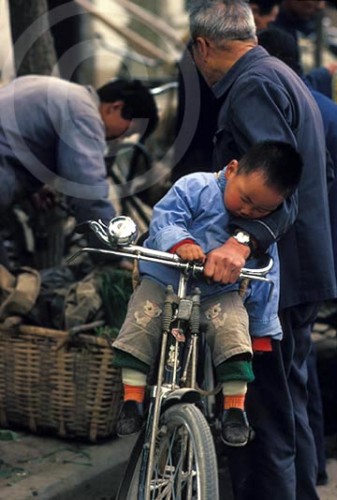
A Grandfather and his sleeping grandchild at a market in Xian, China

A Christian Zionist woman holding the new flag of South Africa in Soweto during a rally for Nelson Mandela
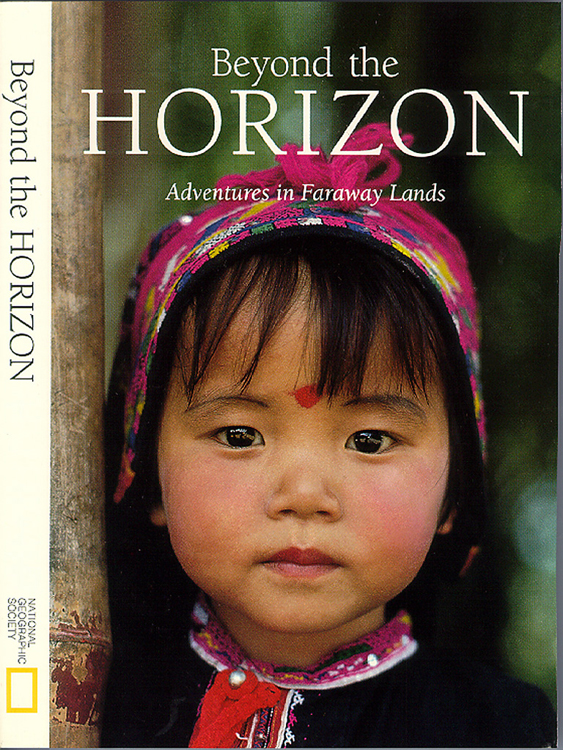 Behind the Scenes: The year is 1990 and Jeffrey Aaronson is photographing on assignment for the National Geographic Society in one of the most remote areas in the world: Muli, China.
Behind the Scenes: The year is 1990 and Jeffrey Aaronson is photographing on assignment for the National Geographic Society in one of the most remote areas in the world: Muli, China. 



